I truly enjoy working with people who make me see the world differently.
As an astronaut, I am used to being the eyes and ears of scientists who cannot fly to space themselves. For the more than 600 scientific experiments that were performed in space during my two expeditions to the International Space Station, I had to learn a lot about various areas of science, and it changed my perspective on many of them.
In some cases, I have even trained for weeks together with leading scientists to make sure they get the best data from their experiments in space. Once on orbit, science teams on Earth followed my progress 400 km above their heads through a live feed, and they had quick access to their data. If I had a question, I would get an answer within seconds or minutes.
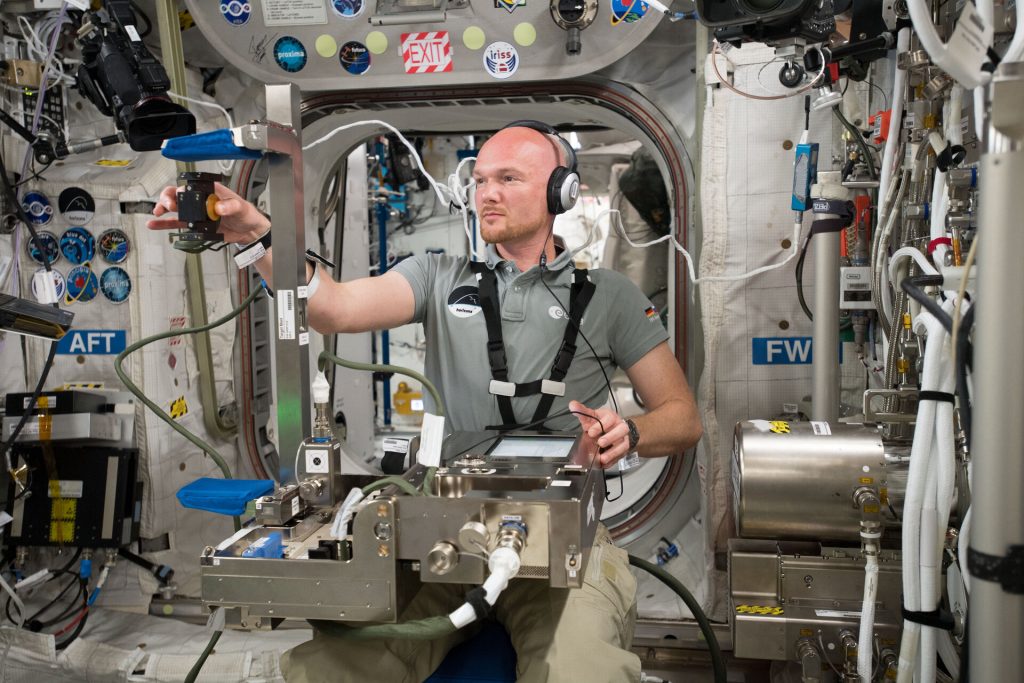
Of humans and robots
Things are going to be quite different when we land on the Moon. We won’t only have to be the eyes of the scientists, but actually be scientists ourselves, or at the very least be very effective ‘geological sensors’ in never-before explored lunar environments.
The reason for this is that there are things that only human eyes can grasp – in fact, that is one of the main reasons for why we do human exploration. Going somewhere yourself provides a more comprehensive experience of that environment than just seeing it on a screen. You can feel it.

We send rovers to the Moon and Mars to take a wealth of fantastic images and scientific data. It is important for our fundamental understanding of our cosmic surroundings. Yet planetary scientists tell us that, despite all those successful robotic missions, they are looking forward to having human astronauts on the surfaces of Moon and Mars, because humans have the intuition and the ability to grasp their surroundings much better than any rover can do.
Three-dimensional and composite images taken by rovers are, of course, amazing. I have spent several hours working on Moon and Mars in a virtual environment, which gave me a very good idea on how it could be up there. Also, it helps geologists to understand the environment better than from photos alone. But unfortunately, even VR can only go so far.
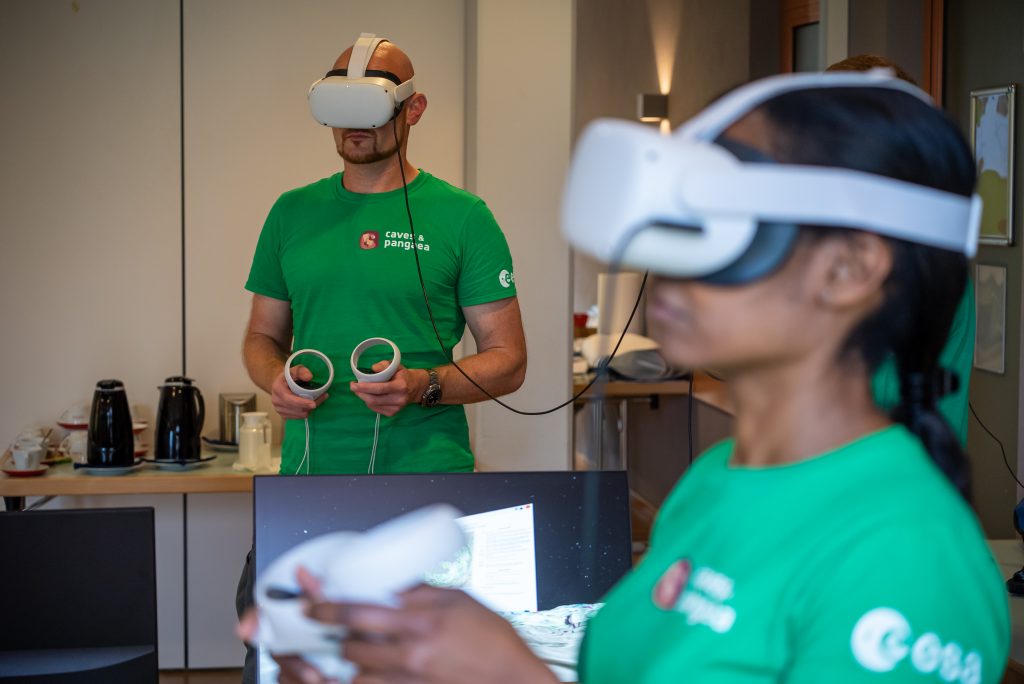
I asked one of the leading Mars experts, Dr. Nicolas Mangold, Pangaea instructor of Mars sedimentary geology, whether we could explore Mars only with rovers. He knows the Curiosity and Perseverance rover missions by heart, and he surprised me with his answer. Nicolas longs for humans to go to Mars soon because he thinks we would be more efficient, spontaneous, and intuitive while doing science. And we would be much faster. Humans explore and solve problems differently. Rovers and astronauts working in tandem would give us the big picture. After living and working for a year in space, I couldn’t agree more.
I also discussed the differences between human and robotic exploration for searching for life on other planets with Prof. Charles Cockell, Pangaea’s astrobiology instructor and one of Europe’s leading astrobiologists. He adds that humans can gather many samples across wide areas and do analysis more effectively than rovers.
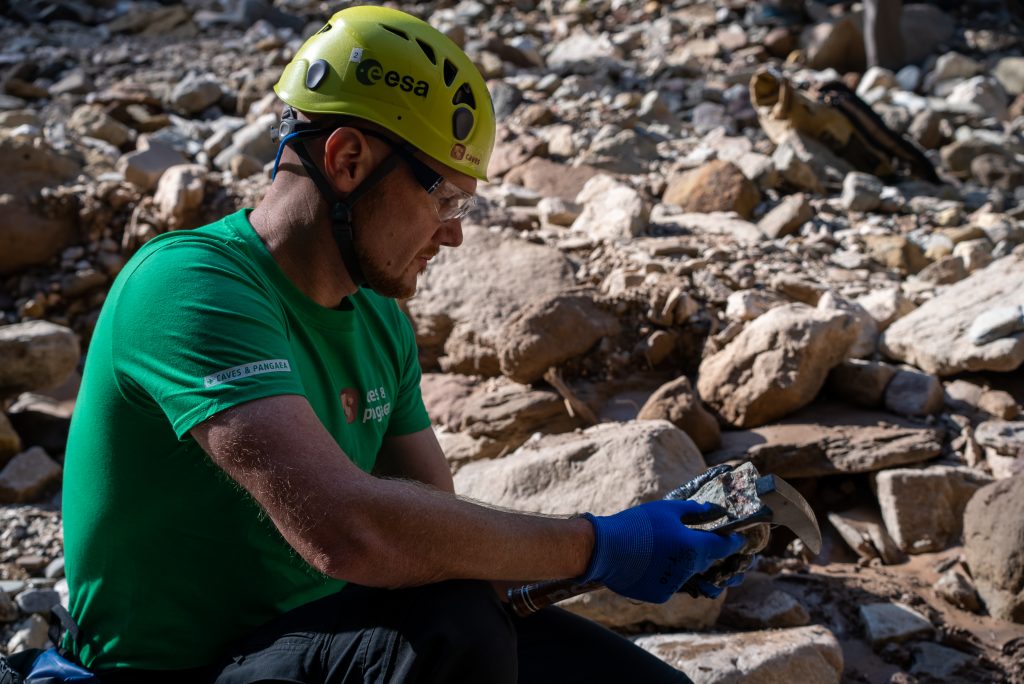
During ESA’s Pangaea training course we learn to be efficient and effective partners for the scientists on Earth. As astronauts, we need to know what scientists are looking for, what the important features of a geological landscape are, and how to describe them using the same language as scientists on the ground, many hundred thousand kilometres away. So instead of saying “I found a rock with lots of green crystals inside and surrounded by blackish material,” I would say “it looks like a basalt”. Geologists would immediately understand what I mean, and its implications.
Bridging worlds
Before becoming an astronaut, I worked as a geophysicist to understand earthquakes and volcanic eruptions better. I deployed countless seismometers in the field, participated in five Antarctic expeditions, and for my doctoral thesis I installed Doppler Radars on the crater rim of active volcanoes to measure their eruption dynamics.
That passion for Earth and planetary sciences was a part of me ever since I was a small boy reading books about the solar system, and our place within it. Therefore, the Pangaea course has been an excellent occasion for me to take a step back into my own past and update my geological knowledge with the latest insights into the science of Moon and Mars. I was able to quiz the leading experts in their field. What a privilege!

I was asked if I feel more like a geoscientist than an astronaut during this training. Actually, I feel like both. I know how both geoscientists and astronauts look at the world. I enjoy the curiosity of a scientific discussion, but I also feel the satisfaction of getting an operational job done efficiently. One of the most important aspects of my job is to project myself into both ways of thinking and operating. And it is a lot of fun to be this communicator, a bridge in between two worlds.
From the universe, with love
During the Pangaea course we are taught how to look at seemingly ordinary rocks, and from our observations describe the story of how they formed. This can be a process that looks back at billions (!) of years, so it is like opening a history book. And sometimes these rocks give us a glimpse of what the universe can do to us on a not-so-nice day.
One part of the Pangaea course is to look at impact craters. In fact, we are visiting some of very the same geological outcrops as the Apollo astronauts did in 1970 when they trained in Germany before their flights to the Moon.
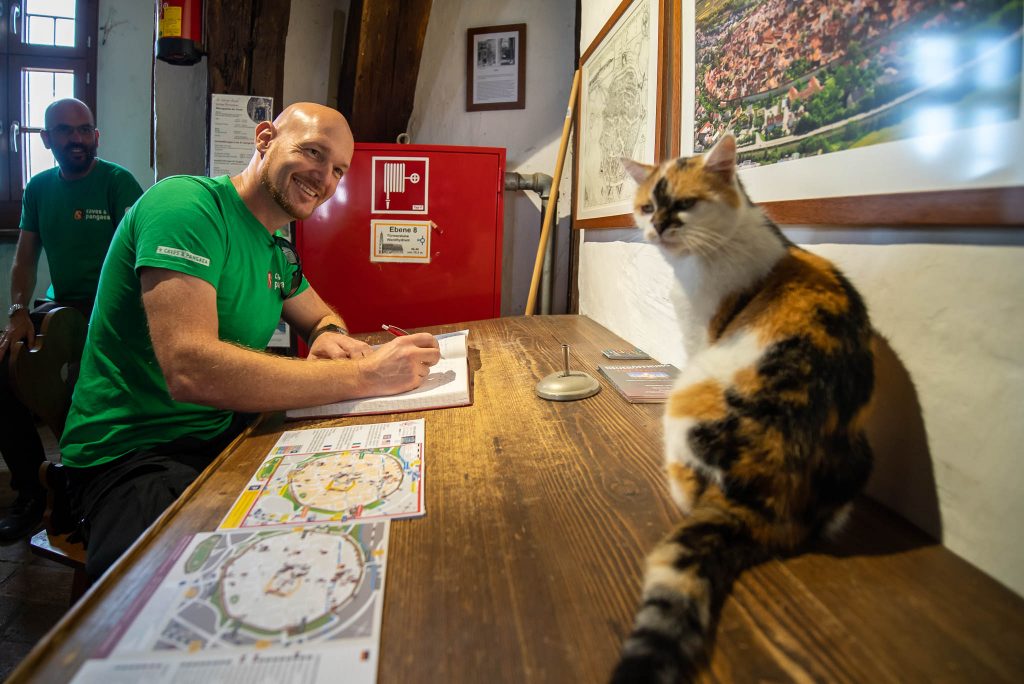
Not many people know that right in the middle of Europe, in Southern Germany, there is a meteorite impact crater of the size of Munich, which was created only 15 million years ago – a mere 0.3% of the Earth’s age. That is practically yesterday in geological terms. During the impact, all life within a radius of 100 to 200 kilometres was extinguished within minutes. A much wider area was severely destroyed and affected, despite the asteroid being rather small in comparison to others that have impacted Earth. We humans are just beginning to realize what this actually means for us.
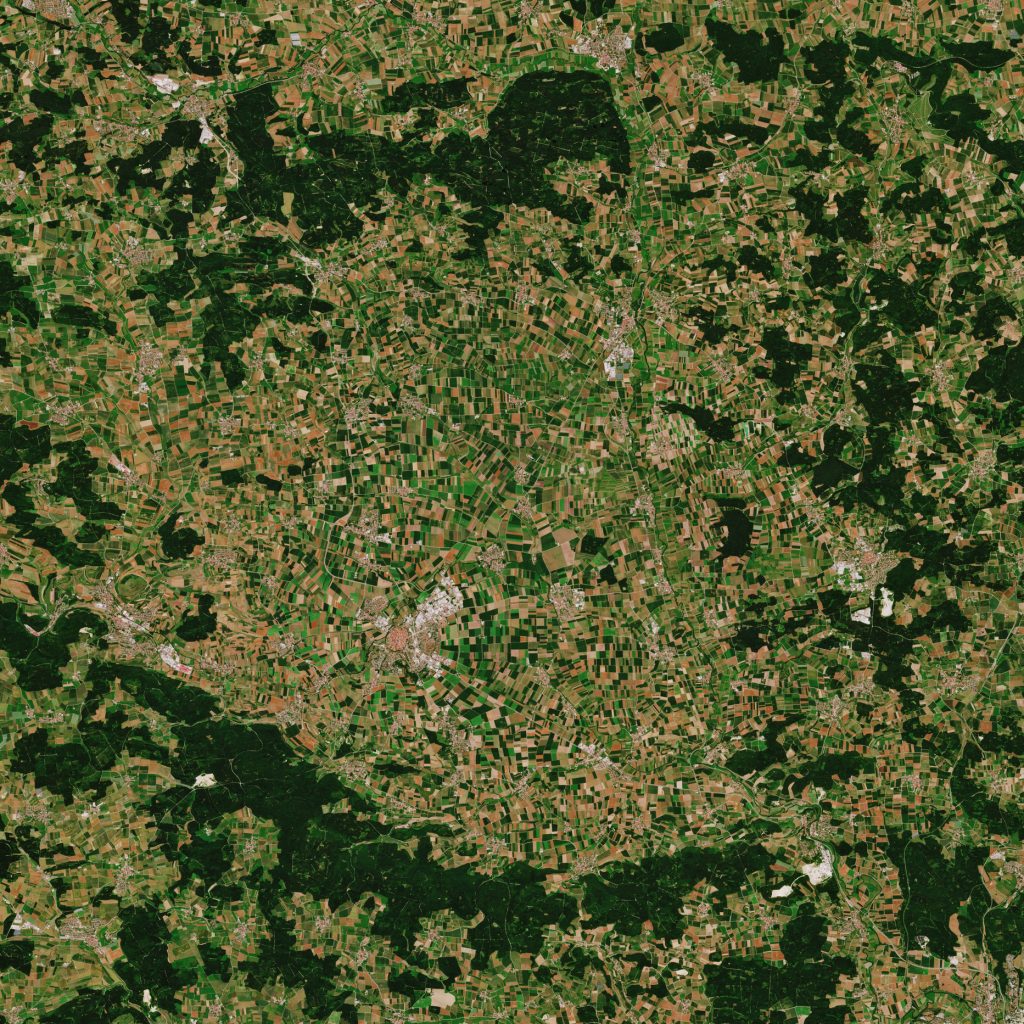
Until the 1960s, people couldn’t even imagine that our “training crater” here was caused by an infernal projectile from the depths of the universe, a 1.5 km wide solid piece of rock, smashing into our planet at 70 000 kilometres per hour. Even leading geologists thought that the “Noerdlinger Ries” was a volcanic crater until then. But when looking closely at the rocks that witnessed this event, they tell us about the unimaginable forces that have created a 24 km wide, initially 5 km deep hole in the ground within a few seconds. When doing the numbers, it became clear that the energy of roughly a million atomic bombs was released in a single moment. I get chills when I think about this. Especially since we know that this will happen again.
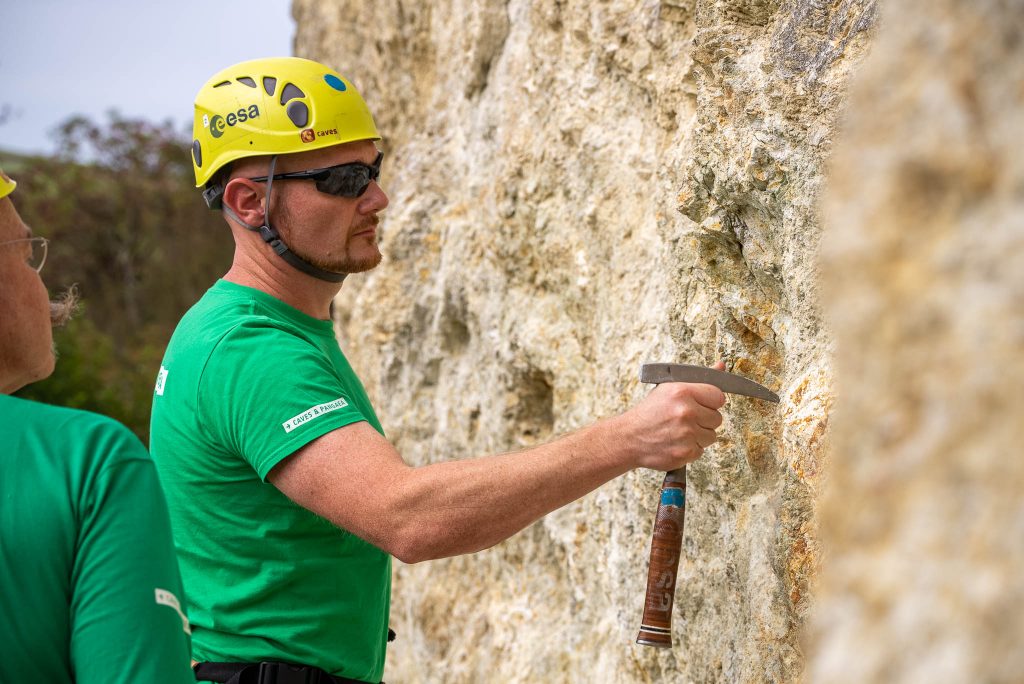
One of the problems is that we don’t know enough about this risk. For asteroids of sizes up to 3 kilometres, we don’t have enough knowledge about how many of them are headed our way. And often enough, we can’t see them. On several cases in the last years, we were caught off guard, realizing a near miss (of luckily just small asteroids) only days before closest contact, or even only in hindsight.
Additionally, we are not completely sure of the exact processes that are going on when an asteroid hits Earth’s surface, and the consequences for our biosphere and atmosphere. Craters on Earth are typically covered by lots of other rocks, vegetation, or they are eroded away. Not so on the Moon, where there are thousands of craters in a pristine form, ready to be studied by us, and potentially telling us about the current risk of meteorite hits on Earth, and their potential consequences.
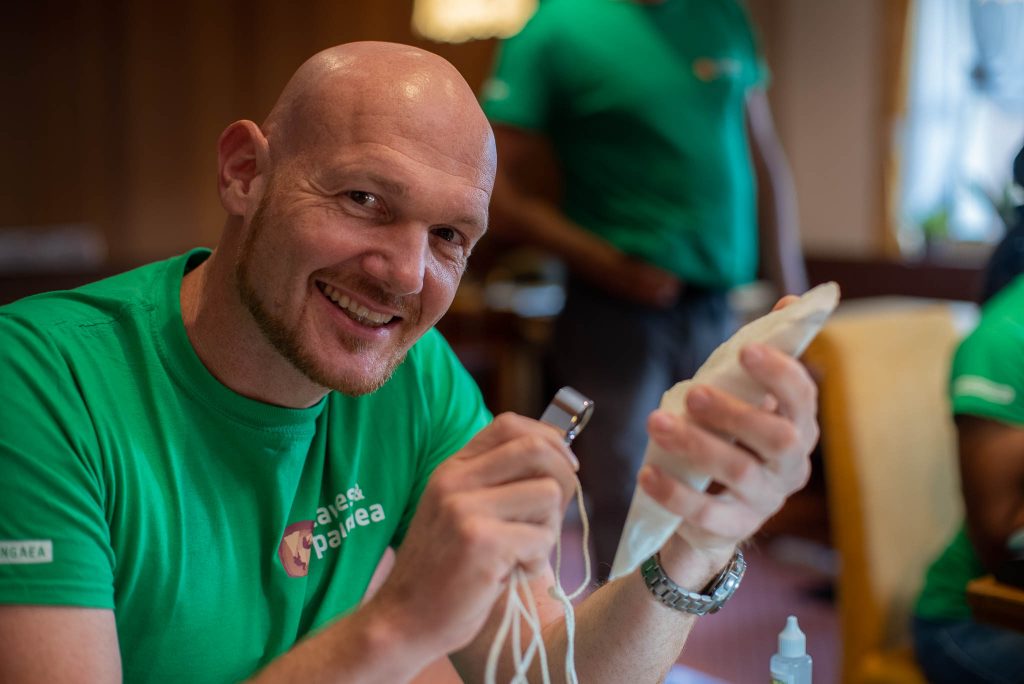
The story behind rocks
So, collecting rocks is important. Especially on the Moon, where many rocks older than four billion years can be found right on the surface. This is much older than most rocks on Earth, due to the lack of erosion and plate tectonics and minimal erosion on the Moon. These rocks date back to the very beginning of Earth’s (and the Moon’s) existence, so they are the “lost pages” in the beginning of Earth’s history book. Therefore, from the Moon we can learn about the early history of our own planet, for example about when plate tectonics started on Earth. And if we found a meteorite on the Moon that once was knocked off ancient Earth with fossils inside, it could tell us about the very beginning of life on Earth.
Selective vision
The problem is, as humans we tend to be a bit selective in our vision, and that is something you want to avoid when you do sampling for science. We astronauts need to develop an eye for both the ordinary and the odd features in a landscape.
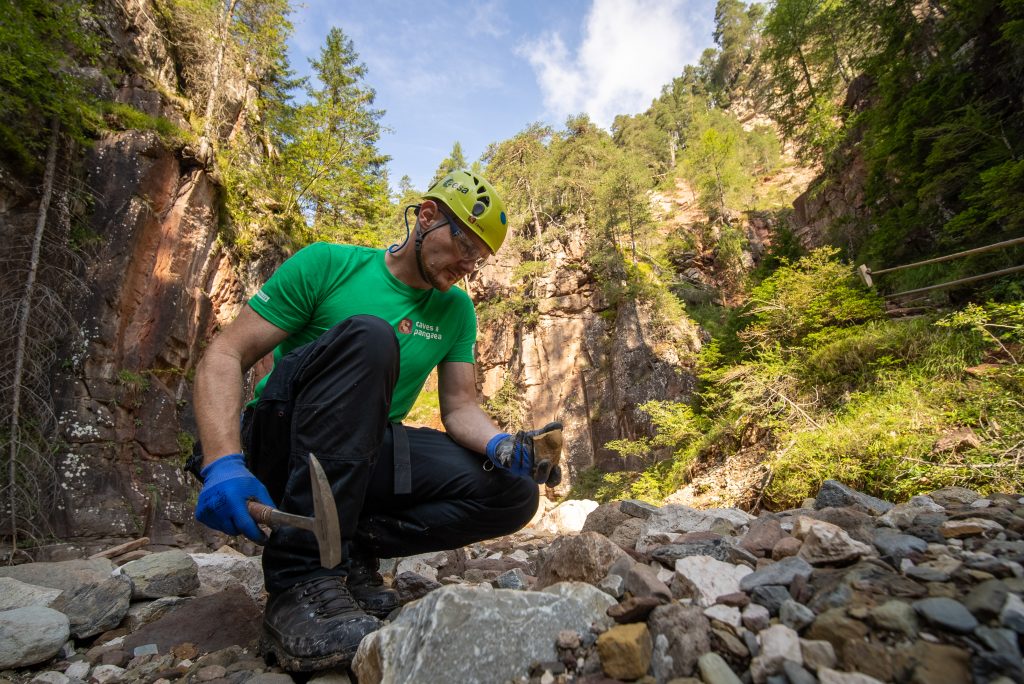
Let’s take the following example: if you walk on a beach made of beautiful white pebbles for an hour and suddenly you spot a black one, you would probably pick up that rock and take it home. And it would be the same if it were a white pebble on a black beach. But if we were to only take the odd pebble home, we would not be able to describe that beach properly. What we need to do is to understand the big picture of the geological situation, how many different geological units we are confronted with, and collect the most representative samples to explain the landscape.
Of course, we then still take the odd sample one to learn its unique story. But before we do that, we need to capture the entire scene. That is a skill that needs to be trained, and it is one of the main things that we do in Pangaea.
A new era of space exploration
To me the Moon has always had something mystical. As a kid I looked at the night sky and thought how cool it would be if I could be there myself. I would love to explore the Moon to understand it better. There are lava tubes that could possibly be several hundred km long and many hundreds of metres across; huge underground caverns big enough to host entire human colonies. There are craters on the South Pole that are eternally dark inside, but permanently illuminated by sunlight on their rim. It’s simply fascinating to imagine a human research base up there.

Luckily for all of us, we live during an exciting new era of space exploration. We are on the brink of going forward to the Moon and beyond. As I am writing this, the Artemis I rocket stands on the launch pad, with the Orion spacecraft and the European Service Module on top, ready to launch into deep space for the very first time. There is a strong international momentum to take the next step of exploration, to embark on humankind’s greatest adventure. And we Europeans have an important part in it.
We will fly to the Moon, as humans from planet Earth, not to plant a flag into the ground, but as explorers and scientists, and this time we’re intending to stay. Together with our international partners, we Europeans are currently building the Gateway, a new space station around the Moon. It will act as steppingstone to the Moon’s surface, and further on to Mars one day. ESA’s contribution are two important modules called IHAB and ESPRIT. As I am writing these lines, the metal to construct them is being shaped.
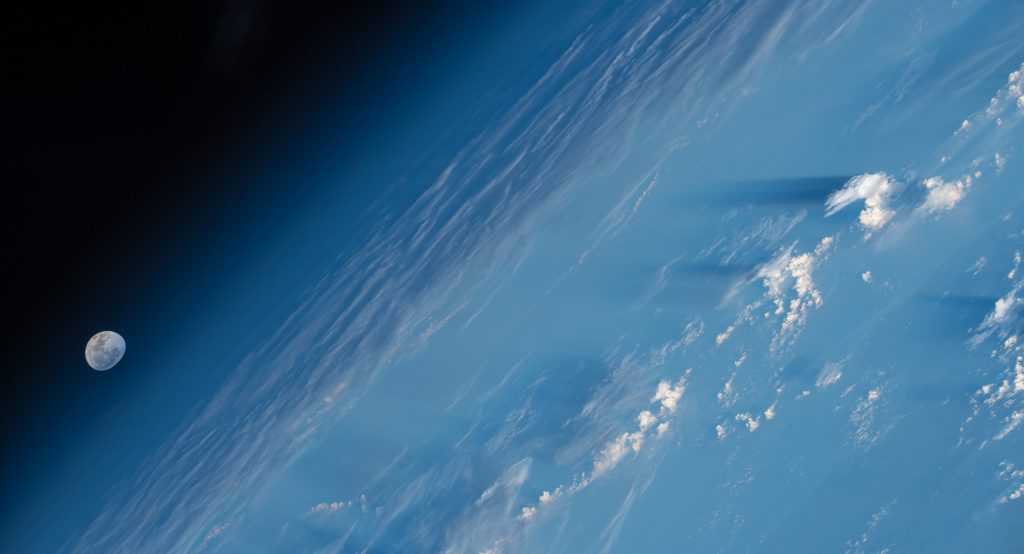
The Moon is our 8th continent and is unexplored, much like the Antarctic continent was one hundred years ago. And when you look at Antarctica today, you are looking at the Moon in one hundred years from now. It will be full of research bases, bringing back invaluable knowledge for humankind.
But even if the momentum is with the Moon right now, I pledge that we don’t forget about Mars.
The Red Planet once had a dense atmosphere, volcanoes, and possibly even oceans. We don’t know yet if Mars was ever inhabited by life, but we do know that it was habitable at some stage – when looking at it from space you might have not been able to tell it apart from Earth.
Now it is a dead, barren desert with almost no atmosphere. What happened there? How can we prevent the same happening to Earth? Are there any signs of life? If we find evidence of life there, dead or alive, it may mean that the Universe is full of life.
The ultimate question
Determining whether any given structure or chemical signature in an ancient rock is formed by life can be extremely difficult, even when using all the expertise and resources available on Earth. For example, scientists spent decades debating whether the martian meteorite found in Antarctica, “Allan Hills 84001”, contained evidence of ancient life on Mars, with a definitive answer remaining elusive to this day.
So, while the first samples brought back by a robotic mission from Mars will be a milestone in our understanding of potential life on Mars, they will likely not provide definitive answers due to their limitation in sample locations and numbers. Prof. Charles Cockell thus argues that it is important, as a next step after a robotic sample return, to have humans on the surface of Mars for extended periods of time.
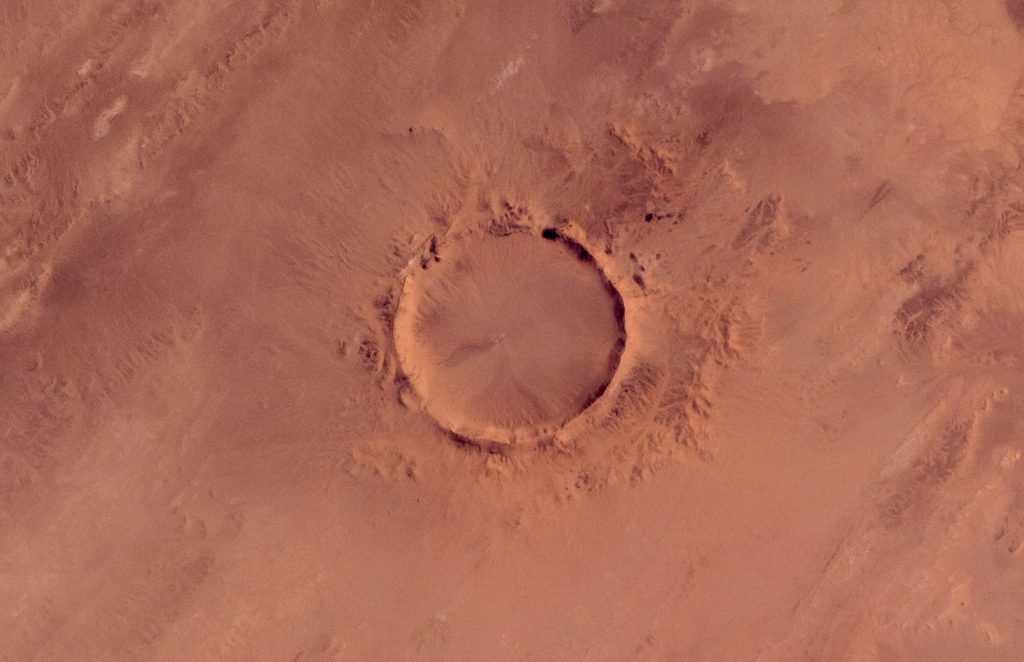
They will explore, analyse, and eventually bring back a multitude of samples collected from various locations on and below Mars’ surface. This will eventually bear the highest chance to retrieve conclusive evidence for, or against, the existence of life on our cosmic neighbour. Maybe some of us will live long enough to learn part of the answers to these most interesting of all questions: where do we come from? Where do we go to? And do we have siblings somewhere out there in space?
I can’t help but imagine myself standing at the 25 km high top of the Olympus Mons, the highest volcano in the Solar System, and looking up into the martian sky. Even if we won’t find life on Mars, then seeing the Earth as a tiny little blue dot from there would bring new a fascinating perspective to our species. It would make us see the world differently.
What do you think?
ESA astronaut Alexander Gerst


Discussion: one comment
Hi Alexander!
Honestly, your first-person account of your combined Trrrestrial and Extraterrestrial working experiences as a Researcher, Astronaut, Geologist etc is as amazing to me!
For the first in my own personal journey as a passionate fanatic of space exploration, I have found in your story the real tell-tale story I have always been looking for – from the mouth of an astronaut – rather than from the impressions of, say, a detached astrojournalist!
To me as a professional and experienced descriptive journalist, your personal experience-based, testimony-driven, ordinary reader-friendly space story-telling ability is simply awesomely gripping!
Hence, my humble proposal to you Alex ( and to all your like-minded fellow astronauts worldwide) that please consider establishing a common international platform where you can be sharing both your off-duty and on-mission experiences with the rest of the interested humanity in a manner that is interactive, active, informative, communicative, educative, inclusive etc
I have in mind an adaptive platform, for example, called The Global ‘Space 4 S.P.A.C.E’ Forum – which in full means The Global ‘Space for Shared People-Astronauts Collaborative Exchange’ Program.
If you and others are interested in this my humble proposal, I am ready to furnish you with the finer details of this concept for our further debate on it.
Thanks for your time.
From Aston M Kuseka